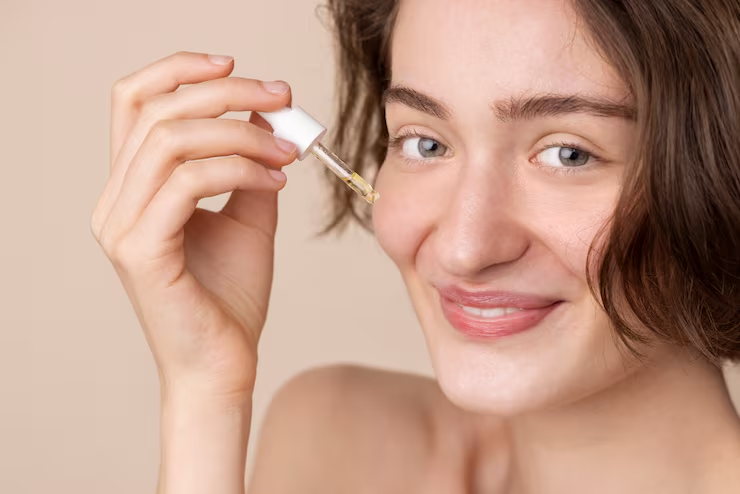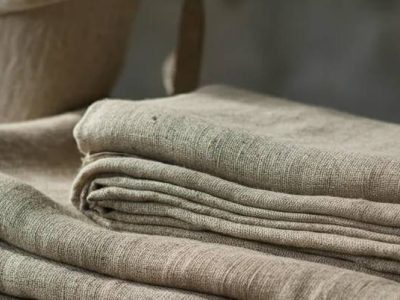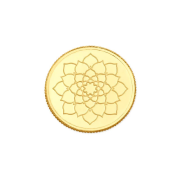In the world of computing, few accessories have undergone as fascinating an evolution as the humble mousepad. Once considered little more than a functional necessity for smooth cursor movement, today’s mousepads are high-tech marvels that cater to gamers, designers, and professionals alike. The journey from simple fabric pads to advanced surfaces equipped with cutting-edge technology is a testament to how innovation shapes even the smallest tools in our daily lives. This article explores the transformation of mousepads over time, their role in enhancing user experience, and what the future holds for this seemingly unassuming accessory.
The Origins of the Mousepad
To truly appreciate the evolution of mousepads, we must first look back at their origins. In the early days of personal computers, mechanical mice were the standard input device. These mice relied on a rubber ball to track motion across a surface. However, not all surfaces provided optimal traction or accuracy. Enter the mousepad—a flat, textured mat designed to improve tracking performance while protecting desks from scratches caused by the rolling ball.
The earliest mousepads emerged in the late 1970s and early 1980s, coinciding with the rise of graphical user interfaces (GUIs) like those introduced by Apple and Microsoft. Initially, these pads were made of basic materials such as foam-backed fabric or plastic. Their primary purpose was utilitarian: to provide a consistent surface that allowed the mouse to function smoothly without interference from uneven textures or debris.
Despite their simplicity, these early mousepads quickly became indispensable for anyone using a computer regularly. They addressed a fundamental need—ensuring precise control over the cursor—and laid the foundation for further advancements in design and functionality.
From Utility to Customization
As computers grew more popular in homes and offices during the 1990s, so did the demand for personalized accessories. Manufacturers began experimenting with different materials, sizes, and designs, transforming the mousepad into a canvas for self-expression. Suddenly, it wasn’t just about improving mouse performance; it was also about aesthetics.
Custom-printed mousepads featuring logos, artwork, and branding became common promotional items for businesses. Gamers, too, embraced custom designs, often choosing bold graphics and vibrant colors to match their gaming setups. Meanwhile, ergonomic considerations started gaining attention, leading to thicker, cushioned pads that offered wrist support during long hours of use.
This shift marked the beginning of the mousepad’s transition from a purely functional tool to a lifestyle product. People no longer viewed it merely as a utility but as an extension of their personality or professional identity.
Technological Advancements in Materials
By the early 2000s, optical and laser mice had largely replaced mechanical ones, revolutionizing the way users interacted with their computers. Unlike their predecessors, these newer mice didn’t require a specific texture to operate effectively—they could work on virtually any surface. This development might have seemed like the end of the road for traditional mousepads, but instead, it sparked a wave of innovation.
Manufacturers seized the opportunity to create specialized surfaces tailored to the needs of different users. For instance:
- Hard Surface Mousepads: Designed primarily for gamers, hard surface mousepads offered unparalleled precision and speed. Made from materials like aluminum, glass, or acrylic, they reduced friction and allowed for rapid movements, making them ideal for competitive play.
- Cloth Mousepads: Still favored by many due to their affordability and versatility, cloth mousepads evolved with improved stitching and higher-quality fabrics. Some models incorporated microfiber tops for enhanced glide, while others featured anti-slip rubber bases for stability.
- Hybrid Designs: Combining the best of both worlds, hybrid mousepads blended soft and hard elements to deliver a balance of comfort and performance. These innovations appealed to professionals who needed reliable tracking for tasks like photo editing or CAD design.
Beyond material improvements, manufacturers also focused on durability and environmental sustainability. Eco-friendly options made from recycled materials gained traction, reflecting growing consumer awareness about reducing electronic waste.
The Rise of Gaming Mousepads
Perhaps no group has influenced the evolution of mousepads more than gamers. As esports exploded in popularity, so did the demand for high-performance gear. Gaming mousepads became a critical component of competitive setups, with brands investing heavily in research and development to meet the unique needs of players.
Modern gaming mousepads come in various forms, each catering to specific preferences:
- Extended Mousepads: Covering entire desk spaces, extended mousepads allow gamers to move freely without lifting their mouse. This feature is particularly beneficial in fast-paced games where every millisecond counts.
- RGB Lighting: Many gaming mousepads now include customizable RGB lighting, adding a visual flair to setups while synchronizing with other peripherals for a cohesive aesthetic.
- Textured Surfaces: Advanced manufacturing techniques enable the creation of textured surfaces optimized for specific types of gameplay. For example, some pads prioritize low-friction glide for FPS games, while others emphasize controlled movement for MOBAs or RTS titles.
These innovations underscore the importance of customization in modern gaming culture. Players can fine-tune every aspect of their equipment, including their mousepad, to achieve peak performance.
Smart Mousepads: The Next Frontier
While traditional and gaming mousepads continue to evolve, the most exciting developments lie in the realm of smart technology. Smart mousepads represent the convergence of hardware and software, offering features that go far beyond mere cursor control.
One notable example is the integration of wireless charging capabilities. By embedding charging coils into the pad itself, manufacturers have created solutions that eliminate the need for separate chargers. Users can simply place their compatible devices—such as smartphones or wireless mice—on the pad to recharge them seamlessly.
Other smart mousepads incorporate sensors and connectivity features that enhance productivity. For instance, some models can detect hand posture and remind users to maintain proper ergonomics, reducing the risk of repetitive strain injuries. Others act as secondary input devices, allowing users to assign shortcuts or gestures to specific areas of the pad.
These advancements highlight the potential for mousepads to become multifunctional hubs within our digital ecosystems. As artificial intelligence and IoT technologies continue to advance, we can expect even more sophisticated applications in the near future.
Environmental Considerations and Sustainability
As consumers become increasingly conscious of their environmental impact, the tech industry—including mousepad manufacturers—is under pressure to adopt sustainable practices. Traditional mousepads often contain non-recyclable materials like PVC or synthetic rubber, contributing to landfill waste.
Fortunately, eco-friendly alternatives are emerging. Brands are exploring biodegradable materials, such as bamboo or cork, which offer comparable performance while minimizing ecological harm. Additionally, some companies have implemented take-back programs, encouraging customers to return old mousepads for recycling or upcycling.
Sustainability isn’t just a trend—it’s a responsibility. By prioritizing green initiatives, manufacturers can ensure that the evolution of mousepads aligns with broader efforts to protect the planet.
Conclusion: What Lies Ahead?
The evolution of mousepads mirrors the broader trajectory of technological progress: from simple beginnings to complex, multifunctional tools. What started as a basic solution to improve mouse performance has transformed into a diverse category of products that cater to a wide range of users—from casual computer enthusiasts to professional gamers and creative professionals.
Looking ahead, the possibilities seem limitless. With ongoing advancements in materials science, AI, and connectivity, tomorrow’s mousepads may integrate even more seamlessly into our digital lives. Imagine pads equipped with haptic feedback, augmented reality overlays, or biometric sensors—all designed to enhance interaction and immersion.
Regardless of what the future holds, one thing is certain: the mousepad will remain an essential part of our computing experience. Its journey from simple fabric to high-tech surfaces serves as a reminder that innovation knows no bounds—even when it comes to the smallest details. Whether you’re navigating a spreadsheet, designing a masterpiece, or dominating the virtual battlefield, your mousepad plays a vital role in shaping your digital journey.










Comments